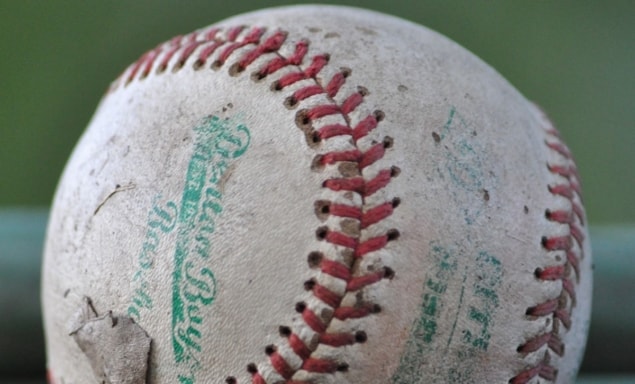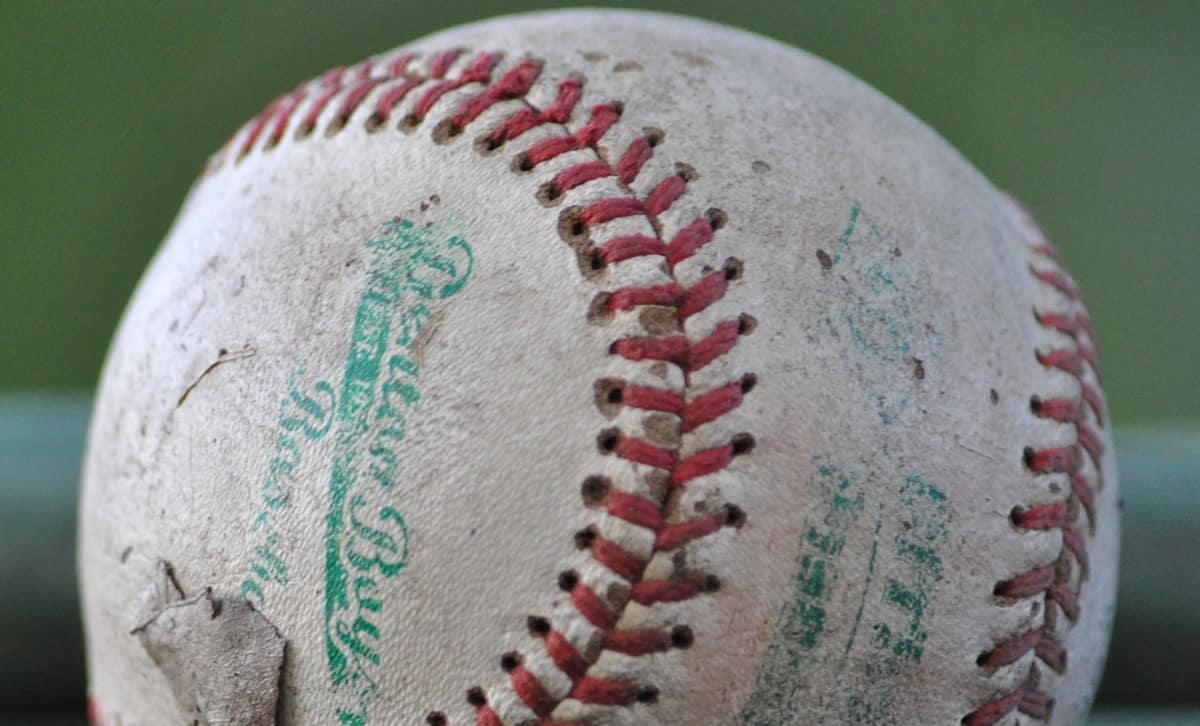
This edition of the Red Folder focuses on spinning objects flying through the air – and first up is the baseball.
Just like in particle physics, spin plays a crucial role in how a baseball is pitched. If the ball has little or no spin when it is released by the pitcher, its flight to the batter will be erratic. Called a knuckleball, this type of pitch can be very difficult for a batter to hit. If the ball has lots of spin, it will travel in a smoother trajectory, but the interaction between the air and the stitched seams of the ball will cause its motion to curve. These curveballs can also be difficult to hit.
Now, a kerfuffle has broken out in Major League Baseball about pitchers using sticky substances on their hands to increase the spin of the ball. According to the sports physicist John Eric Goff of the University of Lynchburg in the US, major league pitchers appear to have used this trick to increase the spins of their pitches by about 400 rpm. This is a significant boost of about 17% to a typical curveball that spins at about 2400 rpm.
Goff calculates that this can result in an extra displacement of about 5 cm when the ball reaches the batter – which also happens to be the thickness of a baseball bat. As a result, experienced batters are misjudging curveballs. This, Goff speculates, could be the reason why major league batters are striking out 25% of the time today, compared to just 17% of the time in 2005.
You can read more in an article by Goff in The Conversation.
Cardboard coasters
If you’d rather watch baseball rather than play it, you could find yourself sitting in a pub full of beer mats – those cardboard coasters that often stick to the bottom of your glass. During a lull in the game, you might even be tempted to flick your beer mat across the room. But unlike a Frisbee flying disc, beer mats will flip over as they spin through the air – and now three physicists at the University of Bonn in Germany have worked out why.
Using a combination of computer simulations and experiments, Johann Ostmeyer, Christoph Schürmann and Carsten Urbach found that a lifting force acts on the forward edge of a spinning disc, causing it to flip over. Frisbees don’t suffer from this instability because of their thick edges.
The trio describe their study in a preprint on arXiv.
